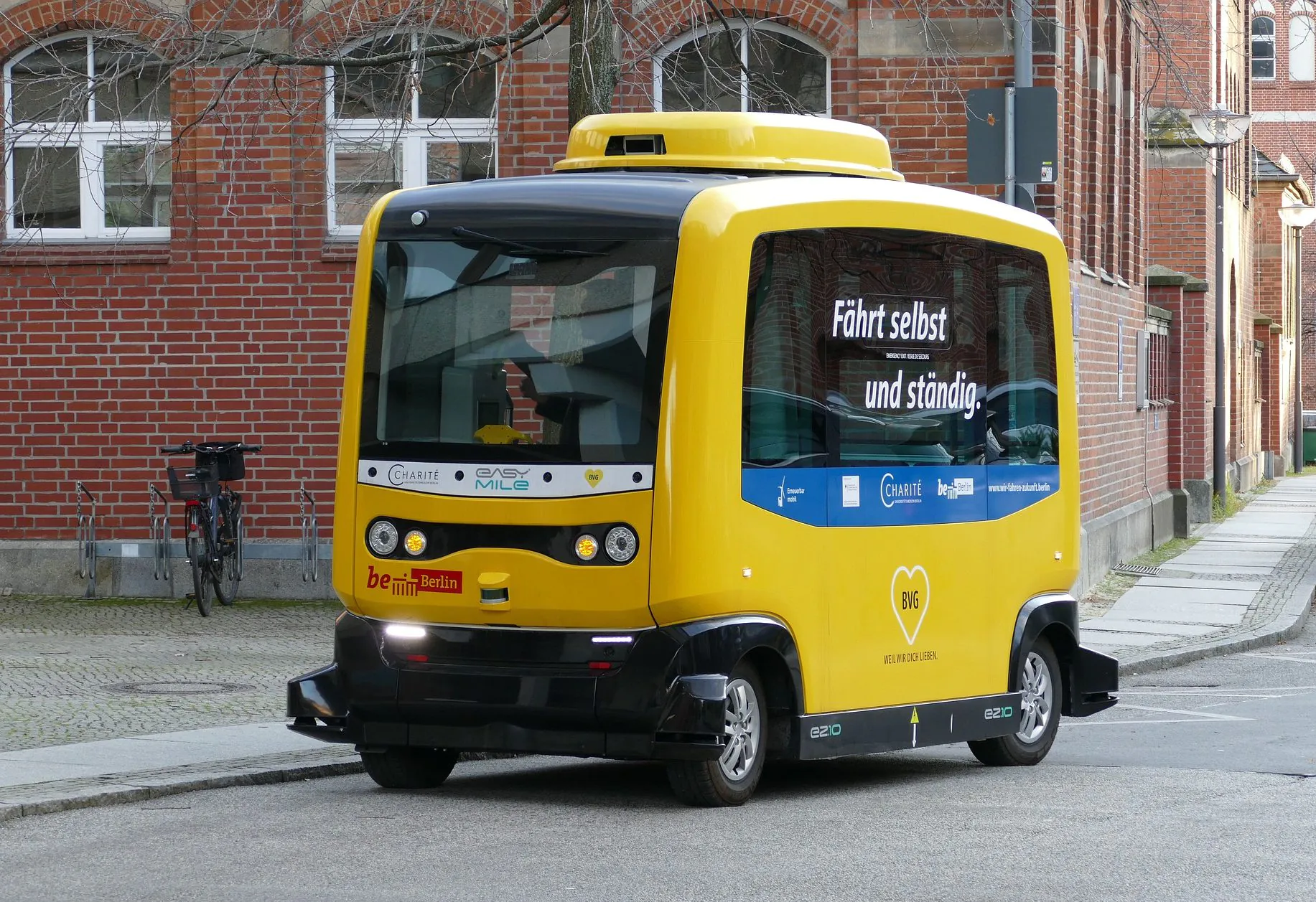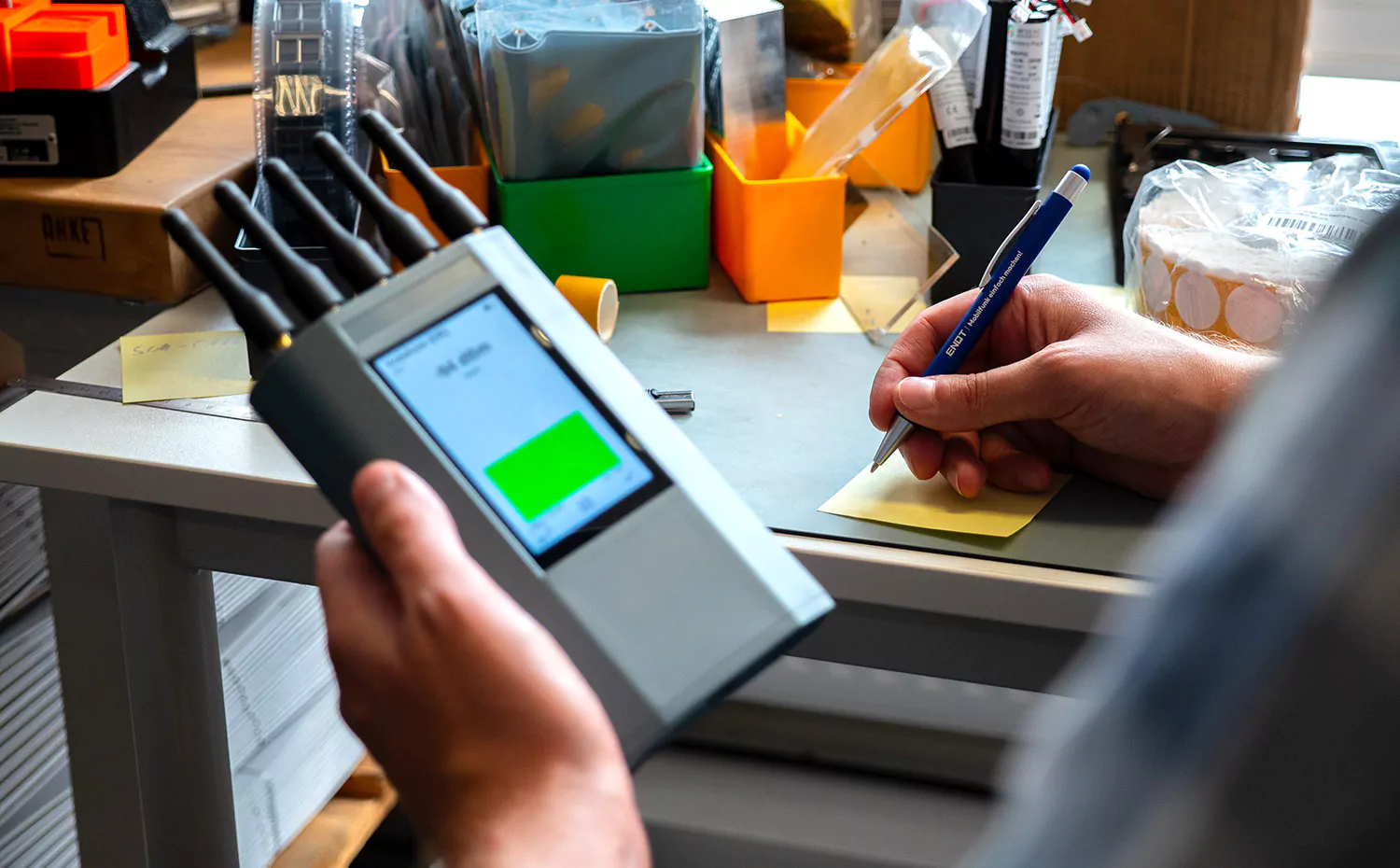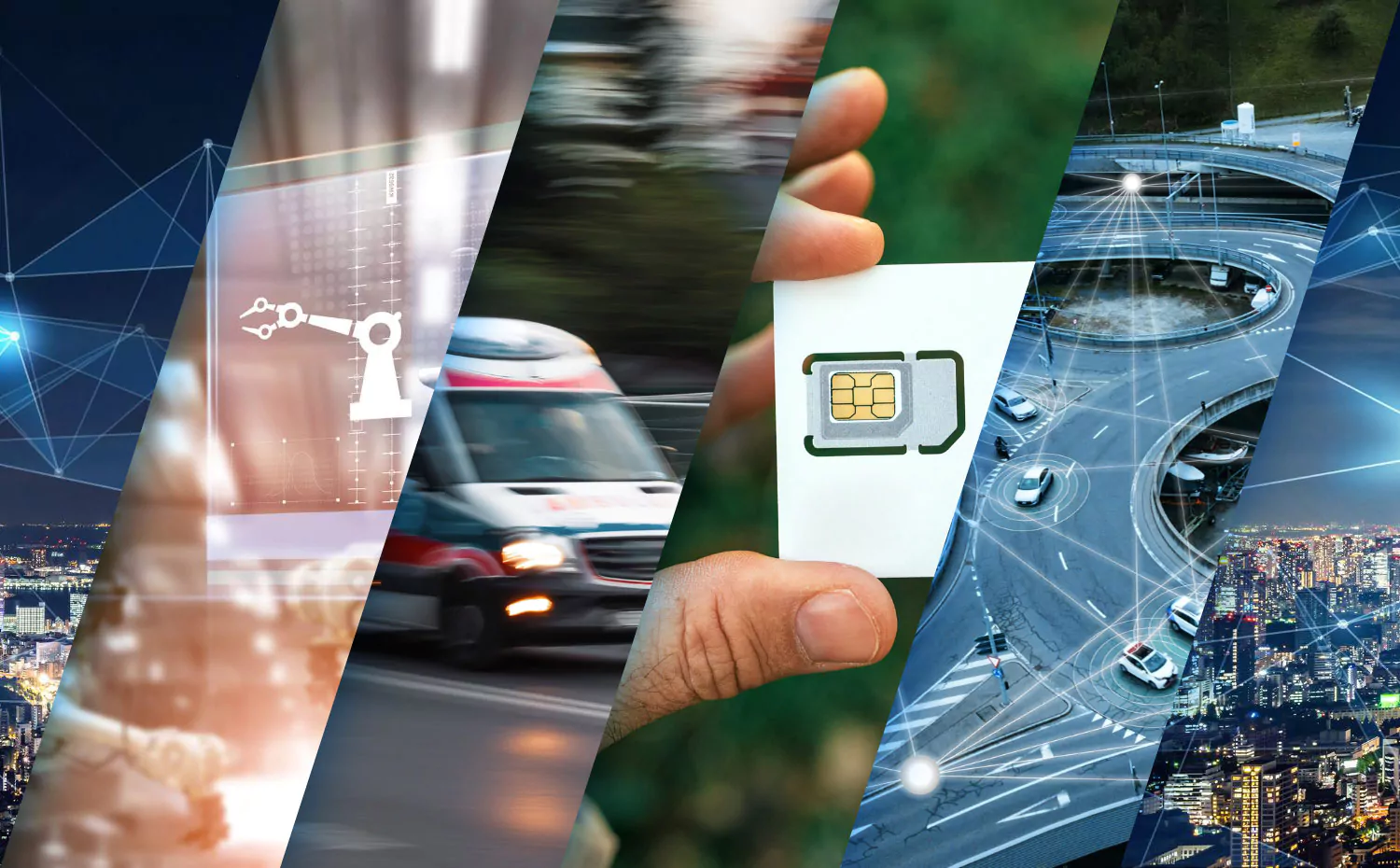Stable and powerful mobile networks such as the new 5G networks are an important prerequisite. In the following article, we explain why autonomous vehicles need a powerful, stable mobile network.
Brief definition of the term “autonomous driving”.
Before we look in detail at the requirements for mobile networks, let’s first briefly discuss the most important terms relating to autonomous driving.
Autonomous driving, or automated driving, is divided into five different levels by the SAE (Society of Automotive Engineers). At the highest level, a vehicle is fully automated and no longer requires a driver. It makes decisions independently and reacts to different traffic situations without the need for a driver to intervene. Starting from the lowest autonomy level (self-driving) to the highest level five, intelligent assistance and automation systems gradually take over the various functions for controlling the vehicle.
Difference between driverless mobility and actual autonomous mobility
Often, autonomous mobility and autonomous driving are equated with driverless mobility. But driverless mobility is not the same as actual autonomous mobility. This is because concepts such as remote driving, in which an operator takes over complete control of the vehicle from a distance, may manage completely without a driver in the vehicle, but they have little to do with autonomous driving. The operator still makes all the important decisions and the vehicle does not act autonomously.
Requirements of autonomous driving for mobile networking
Autonomous driving requires a large number of technical components. Vehicles need to be equipped with various sensors and actuators as well as computer technology to pick up information from the environment, process it and pass it on to the actuators to control the vehicle. However, the vehicles cannot make all the decisions themselves. They must network with intelligent transportation systems and other vehicles. Through networking, they exchange information and cooperate with each other.
Networking vehicles with each other and with the traffic infrastructure places high demands on mobile communications technology. The basic prerequisite is that connectivity is reliably available on all traffic routes. In addition, some applications such as updates of digital road maps for navigation systems require high bandwidths in the short term. In other situations, real-time updates and short network response times are crucial for safe autonomous driving.
5G – a key technology for autonomous driving
Fifth-generation mobile communications (5G) is one of the key technologies for autonomous driving. Predecessor technologies such as LTE or UMTS only partially meet the requirements in terms of reliability, guaranteed network resources, transmission capacity and response times. Only with 5G mobile communications technology is it possible to achieve high-performance, nationwide coverage for the exchange of large volumes of data in real time. Compared with predecessor technologies such as LTE or UMTS, 5G offers many times the speed with significantly lower latency times: The new mobile communications standard achieves data transmission rates in the gigabit range and latency times of just a few milliseconds. The low latency enables autonomous systems to react quickly and appropriately in hazardous situations, even at high speeds. Another positive feature of 5G is that the usable frequency range expands significantly. The different frequencies can be used for both close-range and longer-range coverage and form the basis for good coverage of all traffic routes. 5G also supports edge computing. By storing and processing data in the immediate vicinity of traffic routes, vehicles receive the information they need even faster.
5G application profile for autonomous driving – Ultra Reliable and Low Latency Communications
These three application profiles are currently defined for 5G mobile networks:
– eMBB (Enhanced Mobile Broadband)
– mMTC (Massive Machine Type Communications)
– uRLLC (Ultra-reliable and low latency communications)
uRLLC stands for Ultra Reliable and Low Latency Communications and is an application profile that is predestined for autonomous driving. It is intended for time-critical applications and offers robust, fail-safe communication in the millisecond range with high mobility of the network participants.
Various technical techniques are used to realize the uRLLC features. One essential technique is the so-called network slicing. It divides the 5G network into virtual network layers. One of these network layers is available for autonomous driving. Dividing the same physical network infrastructure into virtual layers ensures that information relevant to safety for autonomous vehicles does not get stuck in a data jam, but is prioritized over other application data such as infotainment data.



